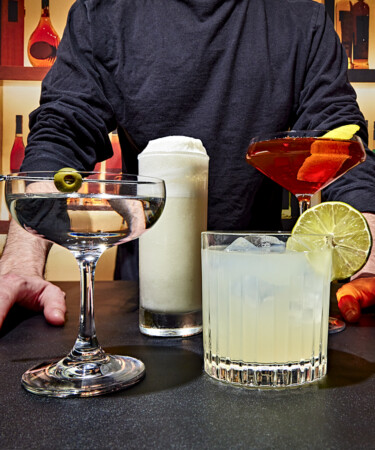After conquering low-lift highballs and easy equal-parts concoctions, most aspiring bartenders are eager to step into the big leagues and attempt more intricate cocktails. The techniques become more technical, certain ingredients are less willing to play well with others, and the ever-ominous threat of over-dilution lurks in the shadows. There are many cocktails out there that even after 20-plus tries, the finished product doesn’t quite hit the mark. But rather than getting frustrated, throwing your shaker tins against the wall, and calling it a day, it’s crucial to remember that getting good at any craft takes patience, persistence, and the willingness to fail. Only then will you be on the road to mastery.
Admittedly, the idea of “mastering” a cocktail can be mighty subjective. Many drinks, like the Martini or Margarita, hinge on the drinker’s particular preferences, so the ideal proportions and prep are subject to change. For other more complex cocktails, like the Ramos Gin Fizz, nailing it is a little more straightforward. And then there’s another school of drinks where the ingredients are few yet bold in flavor, so striking balance requires extra care and attention.
To find out which drinks rank among the hardest cocktails to make, we asked 10 industry pros what they’ve found to be the toughest liquid hurdles they’ve encountered in their careers. Here’s what they had to say.
The hardest cocktails to master, according to bartenders:
- Vieux Carré
- Blood and Sand
- Ramos Gin Fizz
- Martini
- Sazerac
- Margarita
- Manhattan
- Daiquiri
- Whiskey Sour
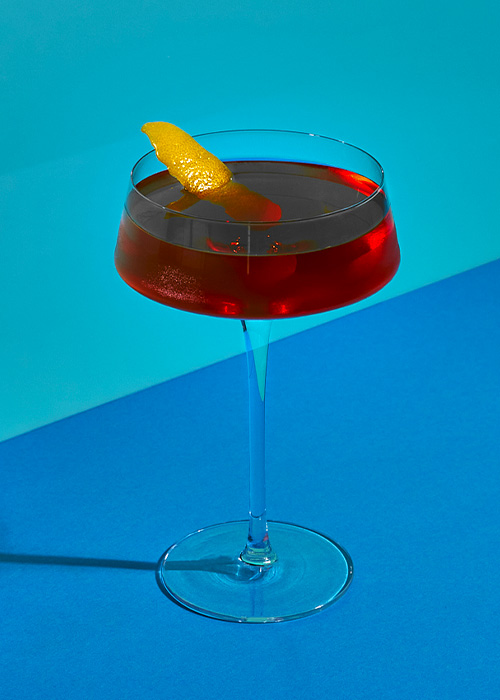
“Every bartender learning classic cocktails wants to tackle the Vieux Carré because of its iconic name and historic significance. What should be an easy equal-parts build with the addition of some Benedictine and bitters proves to be a little more delicate of a balance to strike. Each ingredient is a bit loud and finding the right vermouth or vermouth blend essentially makes everyone in the glass play nice with one another. How much you slightly alter the volume of the three primary spirits — or more consequentially, the Benedictine — will result in a very different cocktail each time.” —Andrew Boutselis, bartender, ALTAR, Brooklyn
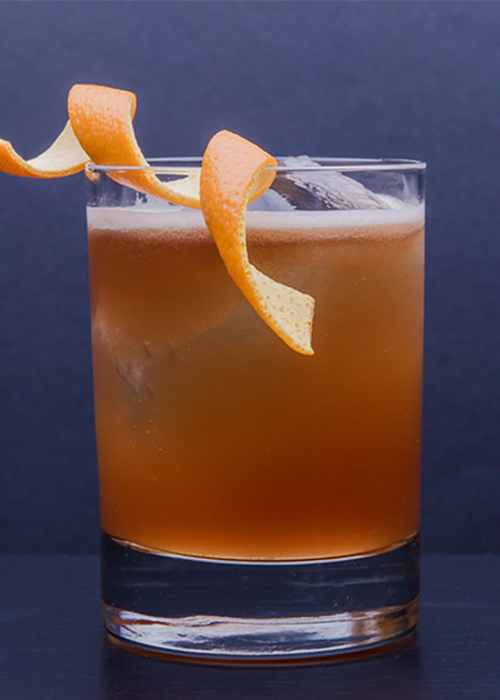
“The f*cking Blood and Sand. It’s the only classic that’s objectively unbalanced to begin with. Orange juice is a really tough ingredient to work with because it’s neither sweet nor acidic enough to do much. If you adjust it with powdered acid it becomes a lot more viable, and then the Blood and Sand can actually be done well.” —Misha Chavez, founder, The Museum, NYC
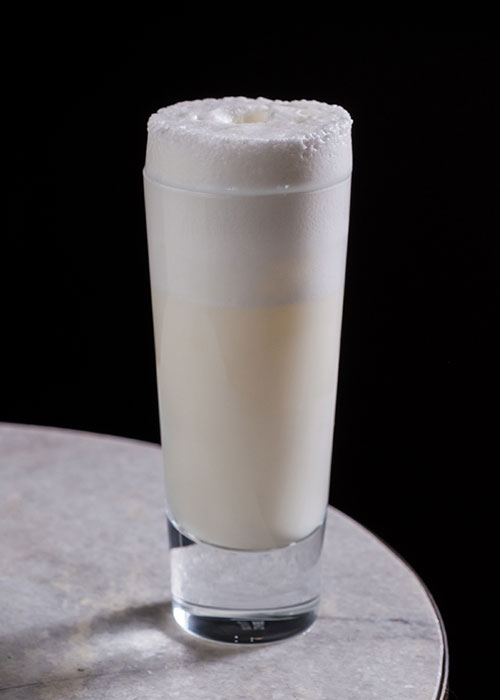
“The hardest cocktail to make, in my opinion, is the Ramos Gin Fizz. It takes a great amount of shaking to get the meringue just right. Not enough, and it won’t set properly and it’ll be too difficult to work with. Patience is the key. It needs to sit in the fridge untouched for close to four minutes to set. Then, when adding the seltzer, you need to pour it slowly into the center of the drink — ideally, drizzled down the handle of a bar spoon — to get the perfect head.” —Ramon Castellanos, beverage director, Congress Bar, Brooklyn
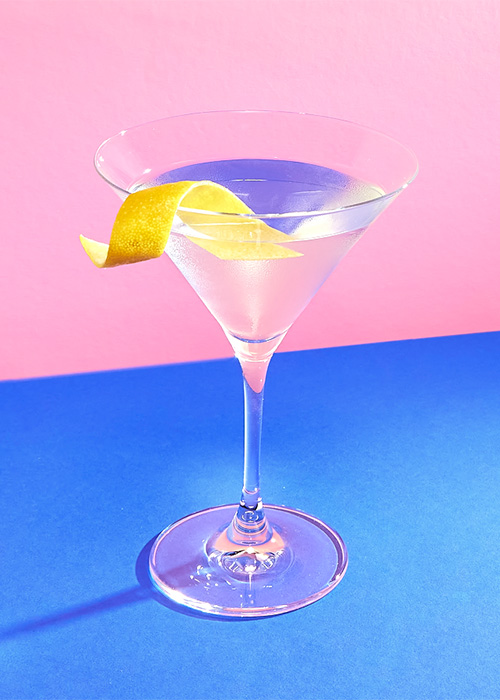
“Genuinely speaking, I would say the Martini is one of the most difficult to master. It’s simple in theory, but I’ve found that people are incredibly particular when it comes to how they enjoy their Martinis. Every palate is different, and the slightest adjustment makes for a contrasting drink. Now, factor in the gin or vodka you’re using, where you’re getting your olive brine from — a legitimate question I’ve been asked — [and] whether or not you’re using orange bitters, etc. I think it’s the only cocktail I’ve had sent back or requested an adjustment for at every single bar job I’ve had. But it’s also the most satisfying cocktail to knock out of the park because it is a staple drink that can be highly tailored to a person’s preferences.” —Mo Rosco, bartender, Milady’s, NYC
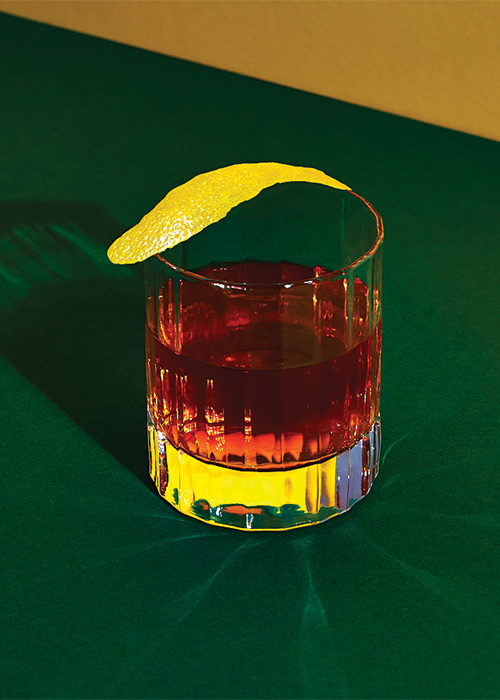
“For me, the most difficult cocktails to master are the ones with the fewest ingredients. There’s no room for error and no room for anything to hide. The Sazerac, with its particularly potent, anise-forward combination of Peychaud’s Bitters and absinthe, comes to mind as challenging to balance. Furthermore, with the somewhat ongoing conversation about whether rye whiskey or Cognac (or both!) should be used, there are a lot of directions a bartender can take it, and a lot of areas where it can go wrong.” —Daniel O’Grady, general manager, Lullaby, NYC
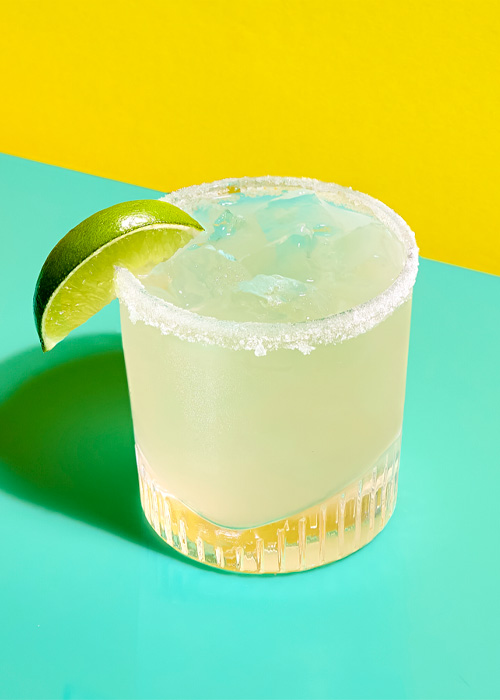
“The Margarita is one I’ve personally struggled with. Everyone has their own idea about what a Margarita should be. You’re always making someone else’s Margarita, not your own. Is it skinny? Spicy? Boozy? With Tajín or salt? The real perfection in a Marg starts by looking your guest in the eye and taking an aura check.” —Stephen Walkiewicz, bartender, Le Veau d’Or, NYC
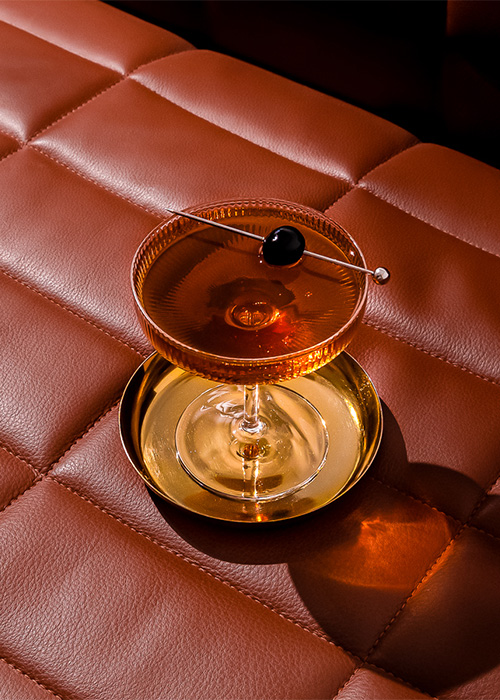
“Hands down, anything stirred and served straight up is the most difficult cocktail to master on a commercial scale in a somewhat high-volume cocktail bar, if you’re actually making your drinks à la minute with no shortcuts. A successful Manhattan, Martini, or any variations thereof must always achieve equilibrium between balance, temperature, and water content. Balance is achieved by precise measurements of quality ingredients. Temperature and water content are governed by both the quality of frozen water and the techniques that a bartender uses to conjure said drink. These cocktails must be sufficiently cold, and smooth as polished marble with a satisfactory texture. Moral of the story: Any stirred, straight-up cocktail is easy to fake, but not so easy to make properly.” —Richard Boccato, owner, Dutch Kills/Fresh Kills Bar/The Gem, New York
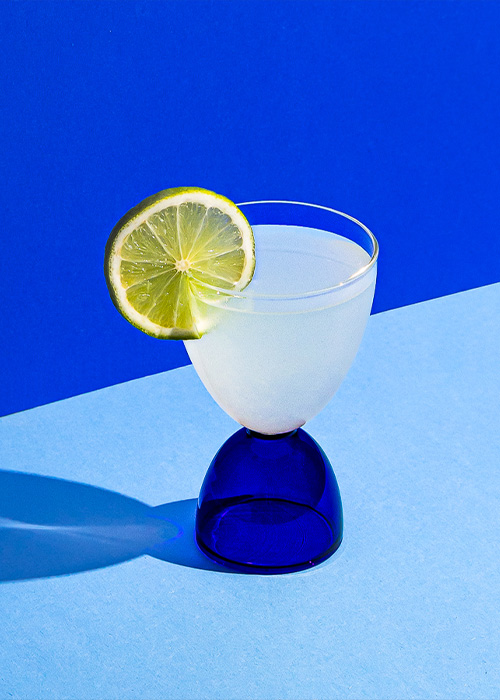
“The classic Daiquiri is one of the easiest-looking drinks on paper, but the difference between a good one and a great one can [reflect] merely following a recipe or [having] decades of experience. Understanding how lime juice changes as it oxidizes is a key element to knowing how much sugar to add, as every three to four hours can require subtle changes in one’s proportions to make it perfect every time. The beauty of knowing how to balance acid and sweetness perfectly each time takes practice. But once it is mastered, the rum choice is less consequential, provided the rum is well made and doesn’t have any extra sugar added post-distillation.” —Konrad Kantor, co-owner, Manolito, New Orleans
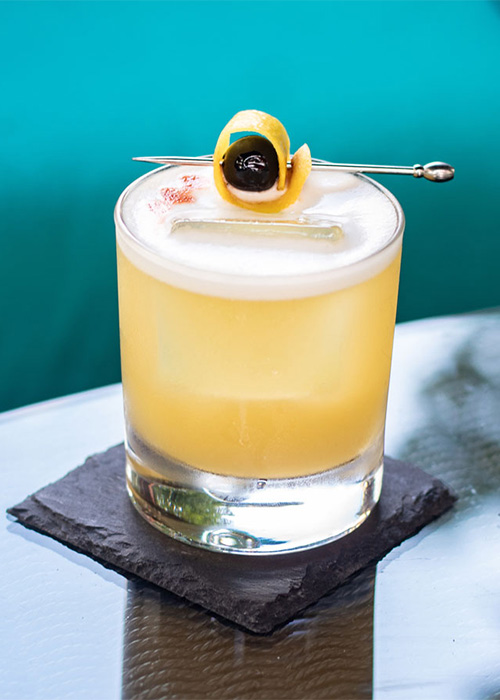
“One classic cocktail I rarely order when I’m at a bar is the Whiskey Sour, specifically with an egg white. This is never my go-to because I believe it’s hard to master due to its simplicity and how easily out of balance it can become. It needs to have the right amount of acid and sugar, the right whiskey, and especially the right garnish. If a bartender does a little pop-pop with a lemon twist and discards it instead of adding bitters, I know I’m in good hands!” —Ally Marrone, beverage director, Grand Army, Brooklyn
“I think the Sazerac is one of the hardest drinks to master because of the importance of each ingredient and how the cocktail needs to be treated so specifically. It leads to a lot of subpar misses. From the spirit choice of Cognac or rye, the sweetener, how much bitters to add, your absinthe choice, and chilling technique — it all comes into play with this finicky cocktail. But it’s so worth it when you nail it, and you will!” —Devin Kennedy, co-founder, Press Club Cocktail Bar, Washington, D.C.
